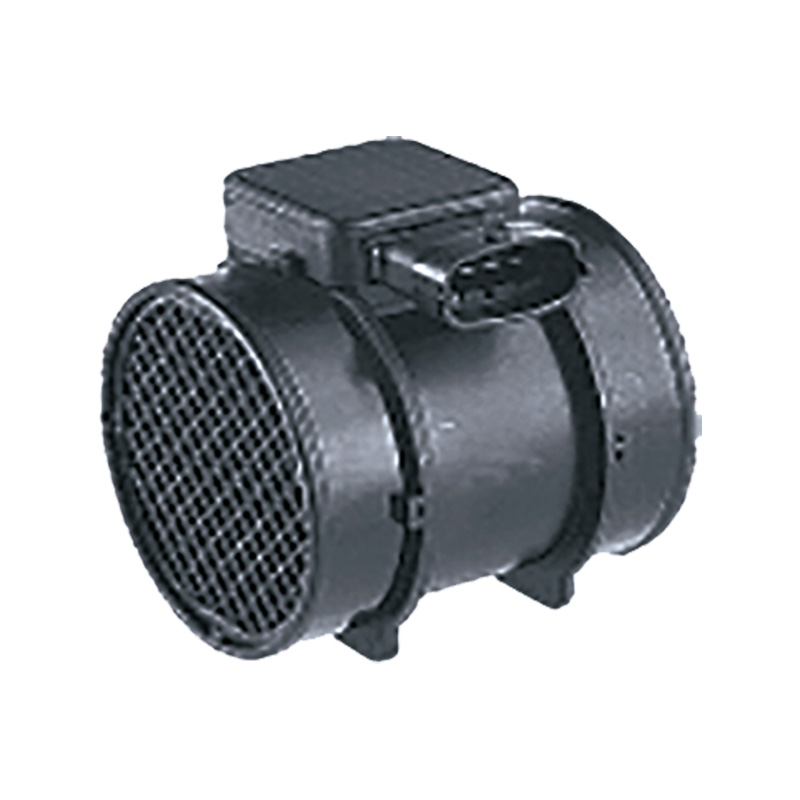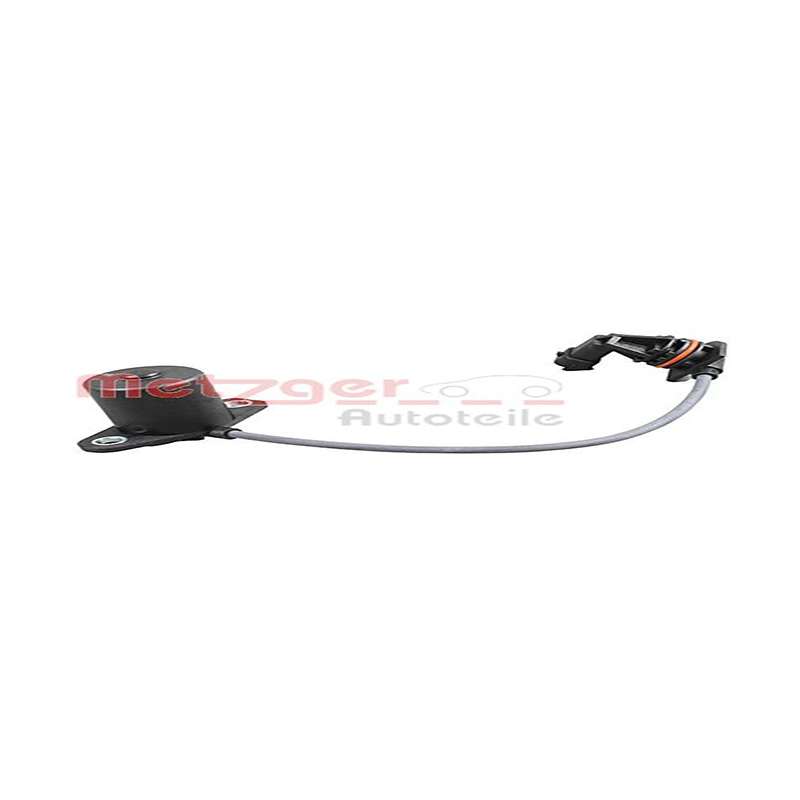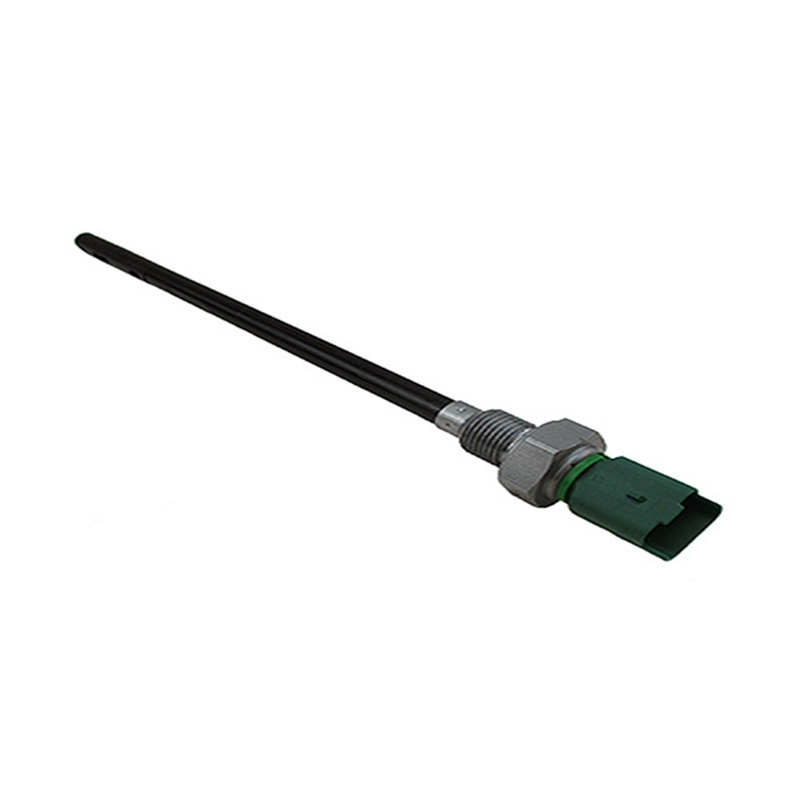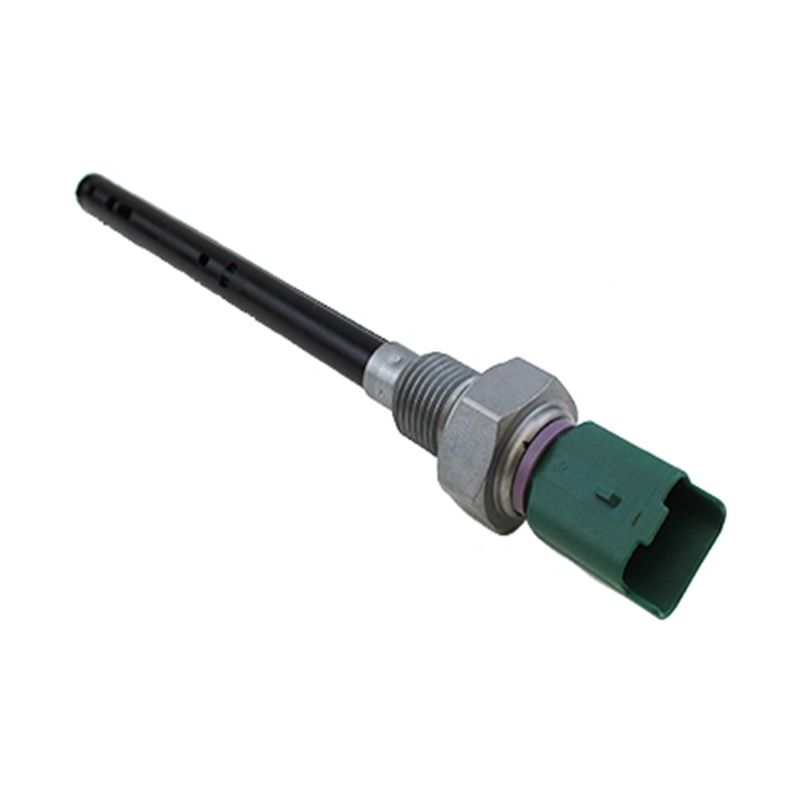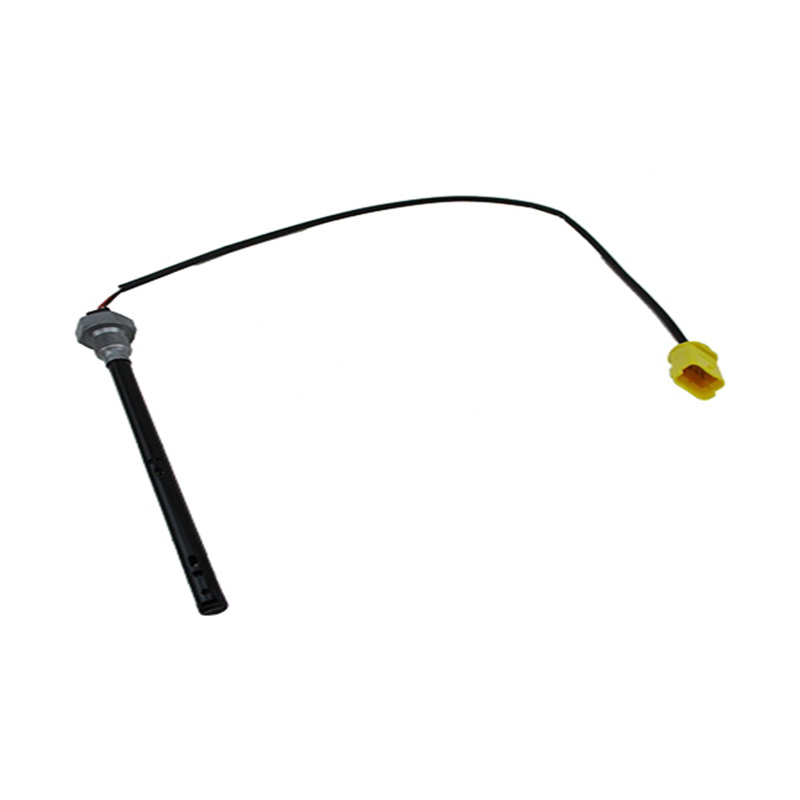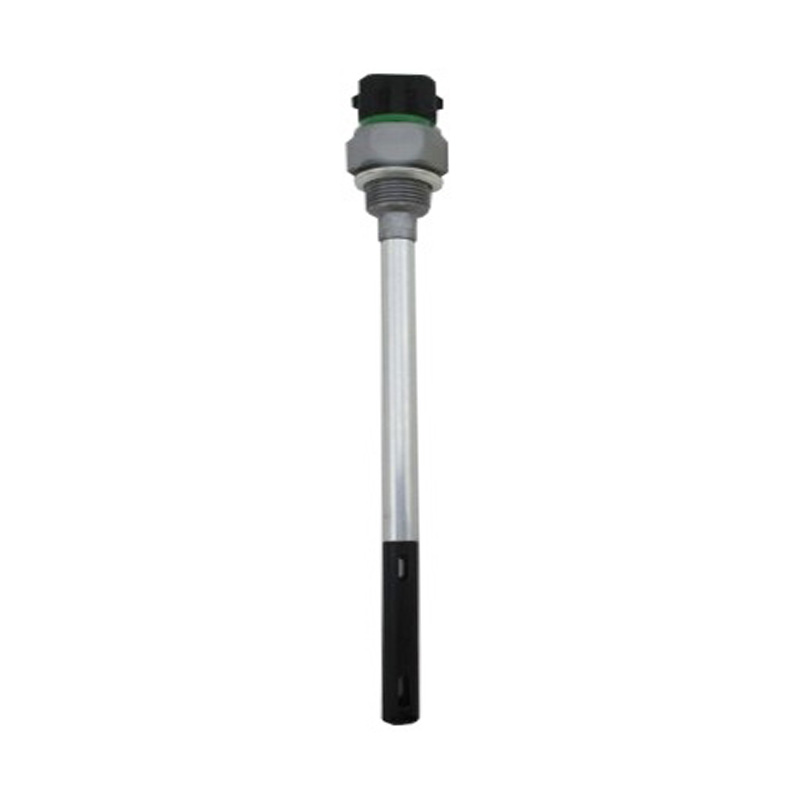OEM.NO: 5WK9641 5WK9641Z
See DetailsDurable Air Flow Sensor For Automotive Applications
A durable air flow sensor can withstand harsh conditions such as bad temperatures, vibrations, and exposure to dust or oil. These factors are common in vehicle engines and can affect the sensor's accuracy if it is not built to last. Automotive manufacturers and suppliers aim to provide sensors that maintain consistent performance over long periods, lessening the need for frequent replacements or repairs.
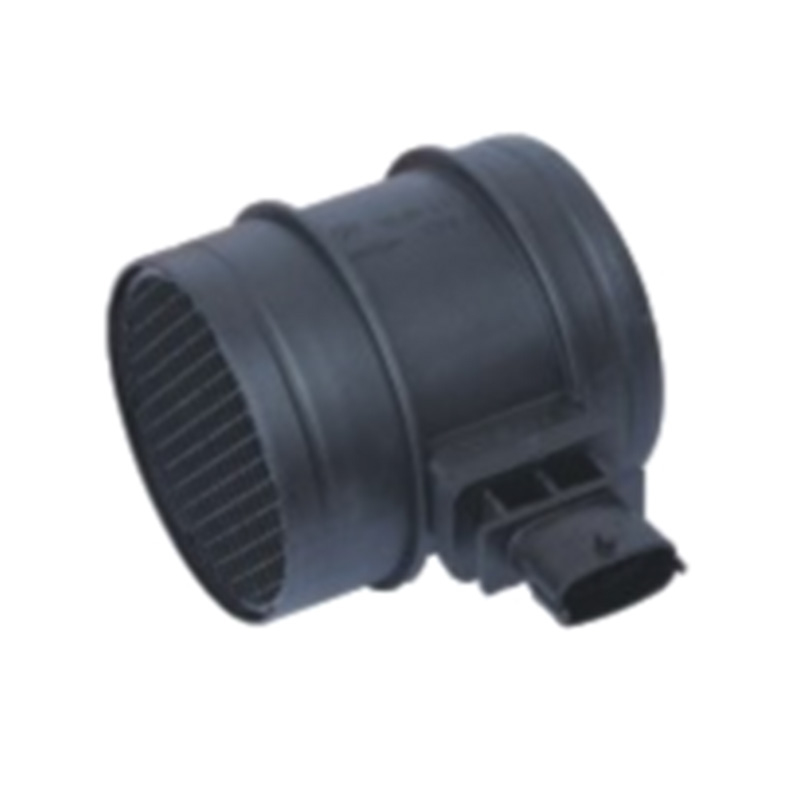
One example of this technology can be seen in the Mitsubishi air flow sensor. Mitsubishi engines rely on air flow sensors that accurately measure the volume and speed of air entering the engine. This information is then relayed to the engine control unit (ECU), which adjusts fuel injection and ignition timing accordingly. The durability of Mitsubishi's air flow sensors ensures that they perform well even in tough operating conditions, contributing to smoother engine operation and better fuel economy.
Mass air flow sensors for Mazda vehicles also exemplify durability combined with precise functionality. Mazda's engines often employ mass air flow sensors that directly measure the mass of air entering the intake manifold. This differs from simpler sensors that only gauge volume or velocity, offering a more detailed insight into the engine's breathing. The mass air flow sensor for Mazda is designed to handle fluctuations in temperature and pressure, which can otherwise advance to inaccuracies in air measurement. These sensors typically feature robust housings and reliable sensing elements to ensure ongoing accuracy.
The role of an air flow sensor in modern vehicles goes beyond just measuring air intake. It serves as a key input for various systems that enhance engine performance, emissions control, and fuel efficiency. Without reliable data from the air flow sensor, the engine might run too rich or too lean, pilot to increased emissions, reduced power, and even potential damage over time.
Durability in an air flow sensor is achieved through several design considerations. For example, materials used in the sensor must resist corrosion from exposure to fuel vapors and engine heat. Sensors often incorporate specialized coatings or seals to prevent dirt and moisture ingress, which could otherwise impair sensor elements. Additionally, wiring and connectors are designed to withstand vibrations and temperature shifts to maintain stable electrical connections.
In automotive applications, routine maintenance and occasional sensor replacements are expected, but sensors built for durability can extend service intervals and reduce downtime. This not only benefits vehicle owners but also helps manufacturers and service providers by lowering overall maintenance costs.
When selecting air flow sensors for automotive applications, compatibility with engine models is crucial. Mitsubishi air flow sensors are engineered to fit specific Mitsubishi engines, ensuring that the sensor's calibration matches the engine's airflow characteristics. Similarly, mass air flow sensors for Mazda are matched to the unique demands of Mazda's engine designs, which may include rotary engines or traditional piston engines.
The performance of these sensors is tested rigorously to meet automotive standards. Testing typically involves simulating various engine operating conditions, such as cold starts, high speeds, and idling. Sensors are also evaluated for response time, accuracy, and ability to withstand environmental stress. Only after passing these tests are the sensors approved for installation in vehicles.
In recent years, advancements in sensor technology have introduced new features to air flow sensors, such as improved signal processing and integration with vehicle diagnostic systems. These improvements help mechanics and vehicle owners quickly identify sensor issues and troubleshoot engine problems more effectively.
In conclusion, durable air flow sensors play an essential role in the proper functioning of automotive engines. Whether in Mitsubishi or Mazda vehicles, the sensors must provide accurate, reliable data under challenging conditions. By focusing on durability and precision, these sensors help ensure smoother engine performance, better fuel efficiency, and lower emissions. As vehicle technology continues to evolve, the importance of reliable air flow sensors remains central to engine management and automotive engineering.
